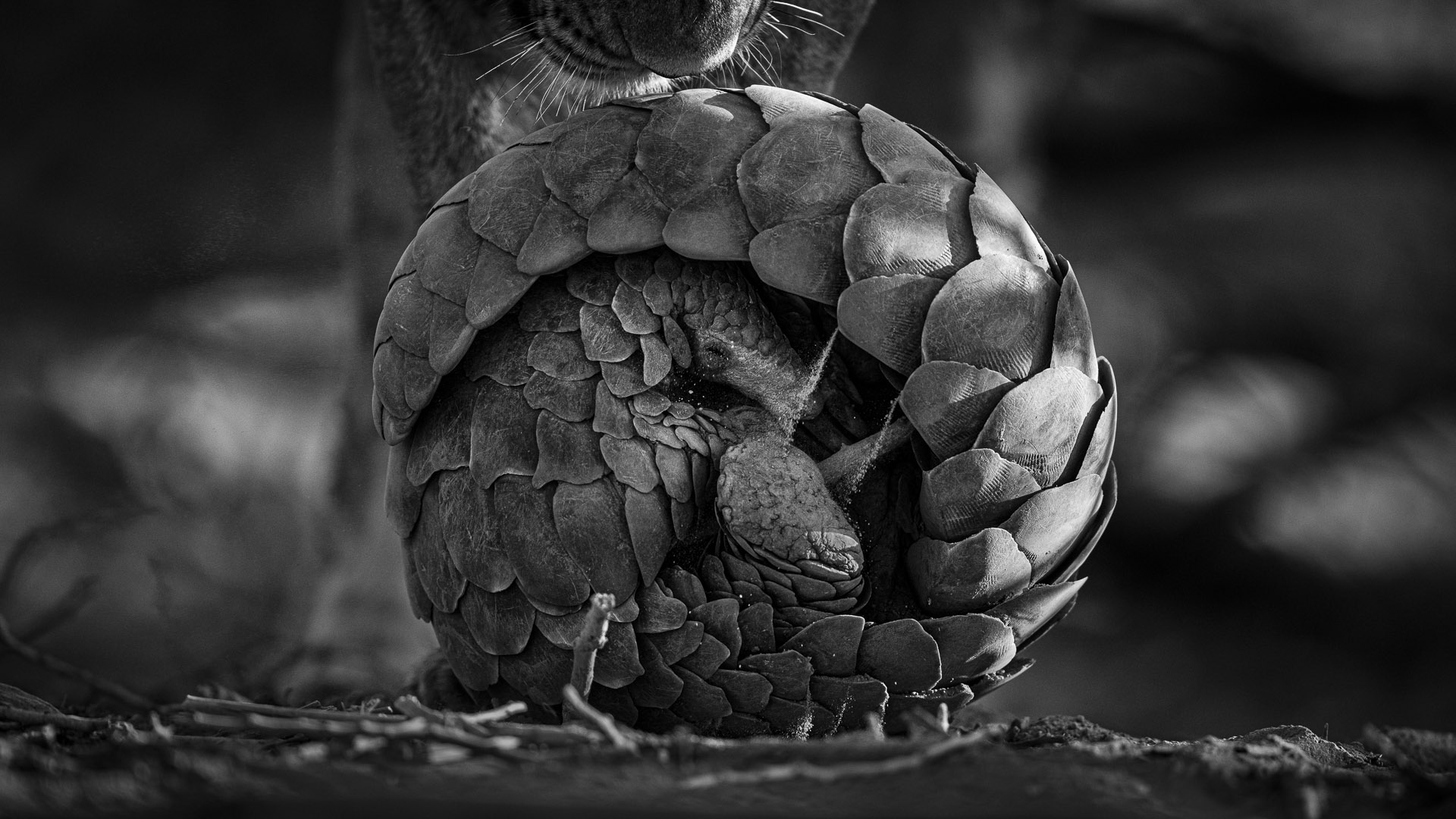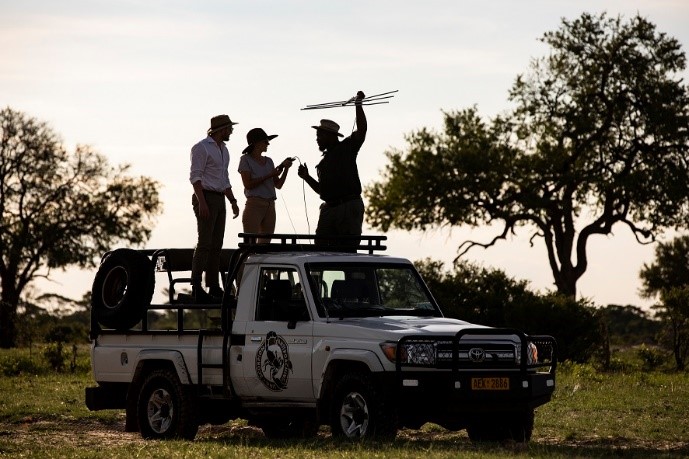Photography is invaluable for conservation. Through evocative images that create an emotional connection, dedicated conservation photographers have the ability to raise awareness of the plight faced by endangered species. Wildlife photography is also a major driver of the demand for conservation tourism, and as such contributes significantly to the protection of wilderness landscapes. Finally, through citizen science initiatives, photographers are able to contribute to conservation management by sharing their images with research programmes and online atlasing databases.

Raising awareness through photography
For photography to have a real impact on conservation, it has to be about more than just sharing a good image or winning a top photographic competition. It is important that it tells the right story and provides context on why the specific species or scene is important and of concern.
In this way, photographs from the natural world or of those people helping to protect it, can help raise awareness for conservation issues and can inspire action that aids conservation. People tend to react more readily to visual imagery, which allows them to experience the scene through the eyes of the photographer.
More and more professional photographers align their work to conservation by supporting specific initiatives. The patience to wait – sometimes hours on end – for that perfect moment comes from somebody who has a real love for the natural world.

But it is not only the professionals or people with expensive equipment who can create awareness. Even people sharing their top cell phone photos captured during an African safari can shine the spotlight on wildlife, regions and ecosystems that need our protection and support.
A driver of conservation tourism
Conservation tourism contributes significantly to environmental protection, sustainable use of natural resources, and restoration of biological diversity. When people share their photographs it raises awareness among the general public that conserving popular tourist destinations is important. In return visitors make it worthwhile for individuals or businesses to invest their time and money in making facilities available for people to come and visit. These individuals or businesses that support local conservation and community initiatives in turn create work for people in their neighbouring communities.
Aiding citizen science-based research
Scientists can ask people to participate in specific wildlife research projects by contributing their photography. For example, a researcher may ask guests at one of our camps to share their photographs of leopards. Through the animals’ unique identification marks they will be able to confirm whether a specific individual is still active in that area or whether a new individual has moved in, aiding scientists in improving their datasets on this species’ population ecology.

You do not have to travel all the way to Africa to contribute. With many cameras and cell phones now embedding location information in the metadata of photographs, sharing your images with a local researcher can also help map the distribution of specific species in your own areas.
Conservation storytelling through photography
Join us as we take a look back through the lens at past photographs submitted to previous Wilderness photo competitions. This is how photography can be used to tell the stories of those who otherwise have no voice.

Maternal Bond by Eyckmans Kristof, Volcanoes National Park, Rwanda
When observing the mountain gorillas, you will notice why these amazing animals have so much in common with humans. Few things are stronger than the maternal bond between a mother and her child.
Why we like this photo: Converting the image to black and white removes any distractions of colour. It helps the user to focus on the subject, the textures, patterns and shapes, and the composition. It adds drama to the photograph. In this specific photo, the baby gorilla's fingers resting on her mother's chest almost look human.

Desert Lion Researcher by Sarah Gold, Skeleton Coast
Dr Philip "Flip" Stander, the world's pre-eminent expert on Critically Endangered desert-adapted lions, lives in his specially outfitted vehicle for weeks at a time, following lion prides with radio telemetry. Sometimes, lacking paper, he writes their location co-ordinates on his own body.
Why we like this photo: We love this photo as it tells a story. It does need some context, but this highlights the efforts of researchers like Dr Flip who sacrifice a traditional lifestyle to protect Africa's wildlife.

To Save a Species by Meghan McCabe, South Africa
While documenting the de-horning process at a game reserve in Gauteng, Joel Alves, the vet in charge, guides a bull after being tranquilised.
Why we like this photo: Again this is a great example of an image that really tells a story, taking the viewer behind-the-scenes to see real conservation work in action.

Unbreakable Bond by Sam Turley, Zimbabwe
Imire Rhino and Wildlife Conservancy’s anti-poaching K9 unit comes together and embraces after a long training session. The unit trains tirelessly to ensure they always stay one step ahead of poachers, and ultimately protect the wildlife in their care. Murwi is the first anti-poaching dog to be introduced onto Imire.
Why we like this photo: The photograph highlights the bond between a dog and his handler, showcasing a critically important team and project that protects wildlife from poachers.

The Small Parts by Tiaan Wessels, Rust de Winter Lake
Sometimes, the smallest parts are the most important, and the easiest lost.
Why we like this photo: The short caption from the photographer pretty much says it all. We sometimes focus on the big species, but sometimes it is the protection of the smaller things that can make a huge difference.

Let’s plan your next journey
Ready?
When we say we’re there every step of the way, we mean it, literally. From planning the perfect circuit, to private inter-camp transfers on Wilderness Air, and easing you through Customs. We’re with you on the ground, at your side, 24-7, from start to finish. Ready to take the road less travelled? Contact our Travel Designers to plan an unforgettable journey.